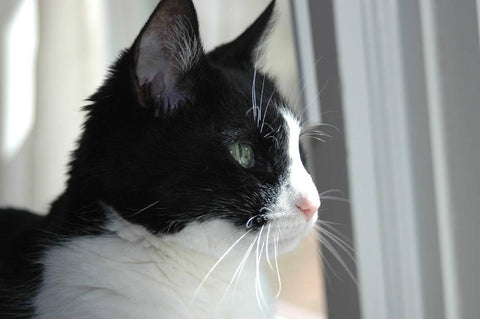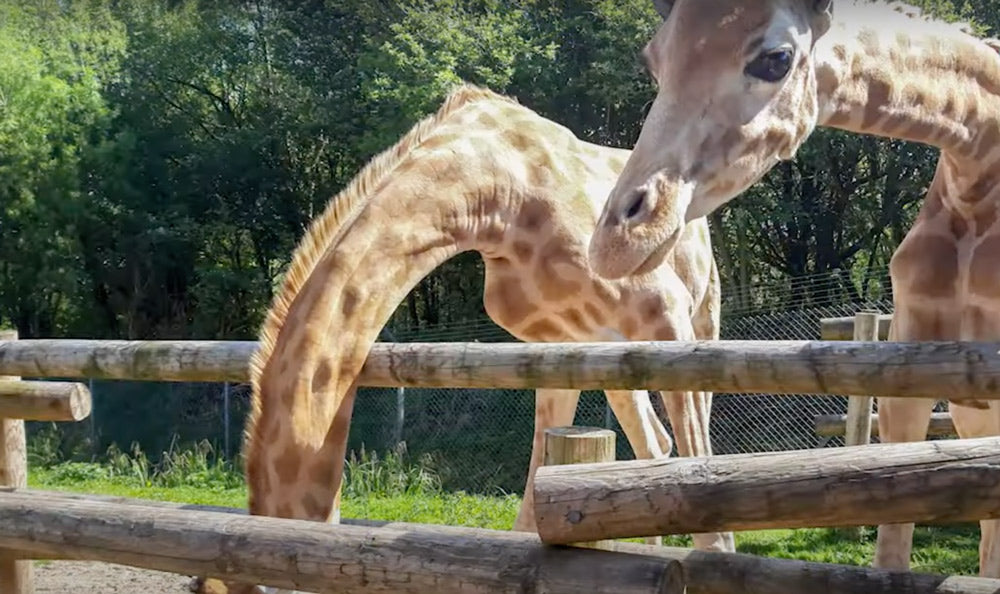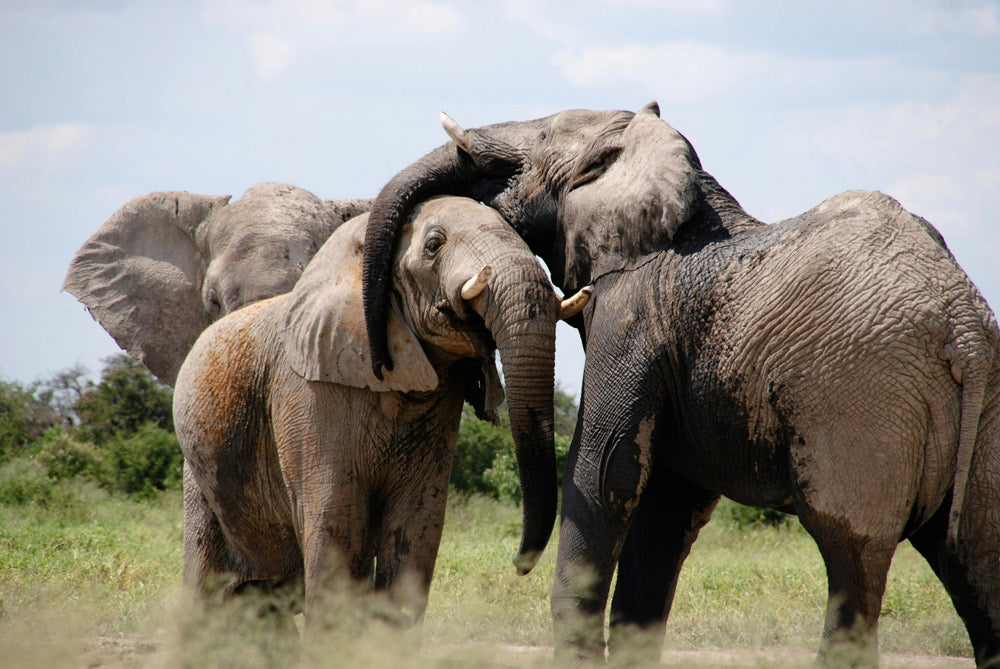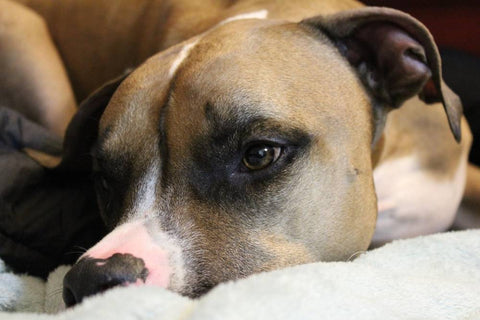The first confirmed spread of highly pathogenic avian influenza (H5N1) into U.S. dairy cattle has stunned scientists and health officials alike. Genetic investigations traced the origin of the outbreak to a single spillover event from wild birds into cows in Texas in late 2023, Down to Earth reports. From there, the virus quietly moved through cattle populations across more than a dozen states, aided by the movement of infected cows and shared equipment between farms.
The strain responsible, identified as clade 2.3.4.4b with the B3.13 genotype, has demonstrated troubling signs of mammalian adaptation. A study published in Nature confirms that infected cows exhibited significant symptoms, including reduced milk production, thickened yellow milk, and mastitis. Even after clinical signs faded, cows continued shedding the virus in their milk for weeks, heightening concerns about ongoing transmission.

Avian flu has infected dairy cows in more than a dozen U.S. states.
Impacts on Animal Health and Agricultural Stability
Infected cattle typically host the virus for two to three weeks, according to Down to Earth, giving ample time for the pathogen to jump species once more. Following the initial cow infections, H5N1 has been detected in cats, raccoons, and even wild birds like grackles and pigeons found near affected dairy farms.
Alarmingly, the virus was also identified in pigs on at least one U.S. farm by late 2024, as NC State CALS reports. Pigs can host multiple influenza strains simultaneously, creating the perfect conditions for viral reassortment, a process that could produce a variant more capable of human-to-human spread.
The U.S. Department of Agriculture estimates that over 1,000 herds across 17 states have been impacted by the dairy outbreak, according to the Minnesota Department of Agriculture. In states where agriculture represents a major part of the economy, such as North Carolina, concerns over long-term food security and market stability are mounting.

The spread began with a single spillover event from wild birds to cattle.
Human Health: Low Risk Now, But That Could Change
For now, public health experts maintain that the risk to the general population remains low. Infections have largely been limited to people with close, direct contact with infected cattle or poultry. Symptoms in confirmed human cases have typically been mild, often resembling a cold or causing conjunctivitis, The Conversation reports.
However, virologists warn that continued transmission in mammals increases the chances of the virus adapting further for efficient human infection. Findings published in Nature suggest that some mutations associated with mammalian adaptation have already become fixed in the viral population, a major warning sign for potential future pandemics.
A coordinated effort between agricultural, public health, and wildlife agencies is now underway to monitor for new mutations, contain outbreaks, and enforce biosecurity measures, according to SciTechDaily.

The H5N1 virus strain has adapted to infect mammals more easily.
Food Safety and Consumer Guidance
Fortunately, pasteurization remains a reliable safeguard. Heat treatment effectively inactivates the H5N1 virus, making pasteurized milk and dairy products safe for consumption, NC State CALS reports. Federal agencies have reiterated that milk from visibly sick animals is barred from entering the commercial supply chain, further reducing risk.
However, officials strongly advise against consuming raw or unpasteurized milk. Studies have found that unpasteurized milk from infected cows can contain high viral loads, according to The Conversation. In Minnesota, the Department of Agriculture has initiated monthly raw milk testing to monitor for outbreaks before they can spread, following new federal guidance reported by the Minnesota Department of Agriculture.

Infected cows shed virus into their milk for weeks after infection.
The Bigger Picture: A Race Against Time
The discovery of H5N1’s foothold in cattle has created a new and unpredictable front in the battle against influenza. The B3.13 genotype’s proven ability to move among cows, cats, birds, and other mammals, as detailed by SciTechDaily, means that the virus is evolving faster than previously thought.
While pasteurized milk is still safe, the ongoing risk to animal populations, the agricultural economy, and ultimately human health remains a serious concern. Without aggressive surveillance, rapid biosecurity enforcement, and continued research, experts warn the window to prevent wider spillover events may soon close.



















